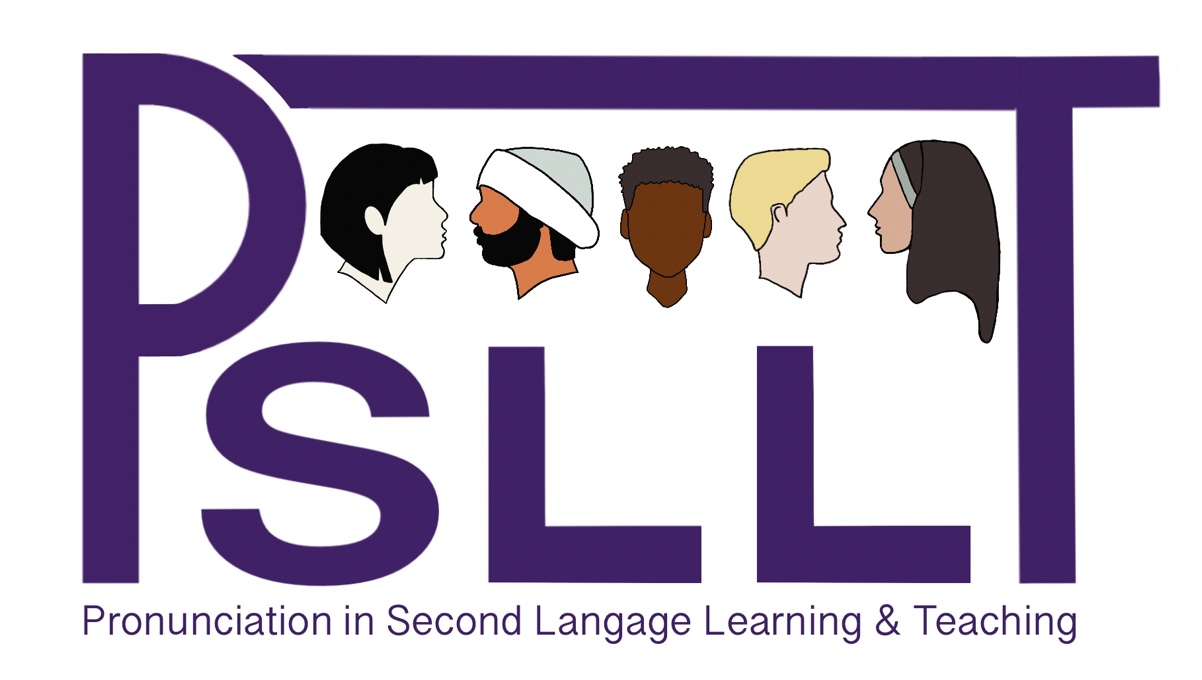Pronunciation and Technology
Abstract
Pronunciation training that makes use of technology has come a long way from its early days in language laboratories equipped with record players. The current explosion in new technologies means that language learners are now capable of working on their pronunciation at any time, regardless of where they are. Web-based programs and mobile apps that claim to improve learners’ pronunciation are readily accessible, and most are relatively inexpensive. Nonetheless, many of the commercially available products are often neither pedagogically sound nor informed by research (Foote & Smith, 2013). There is clearly a need for collaboration among pronunciation researchers, software developers, and classroom language teachers to determine which aspects of pronunciation should be prioritized for which types of learners, which types of pronunciation activities are most beneficial for developing pronunciation skills, and how these technologies can best be used to enhance classroom teaching. Most importantly, the goal of any new pronunciation technology should be the development of more intelligible speech. That is, pronunciation training should enable second language (L2) learners to be more easily understood (Levis, 2005).
How to Cite:
O'Brien, M. G. & Levis, J. M., (2016) “Pronunciation and Technology”, Pronunciation in Second Language Learning and Teaching Proceedings 8(1).
Downloads:
Download PDF
View PDF

